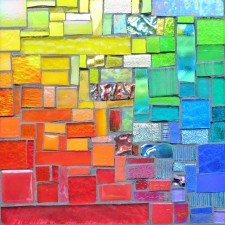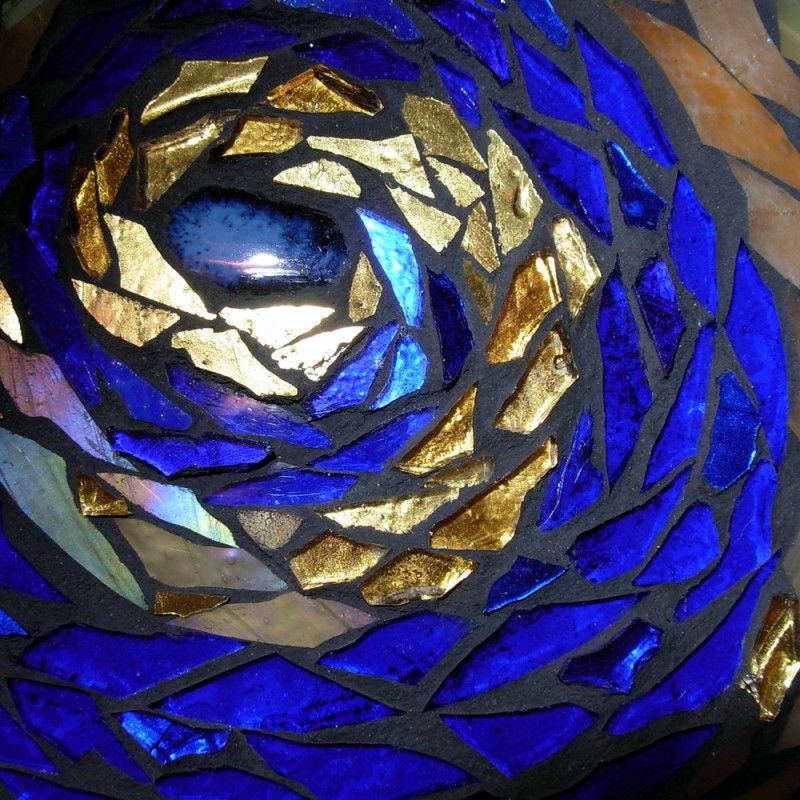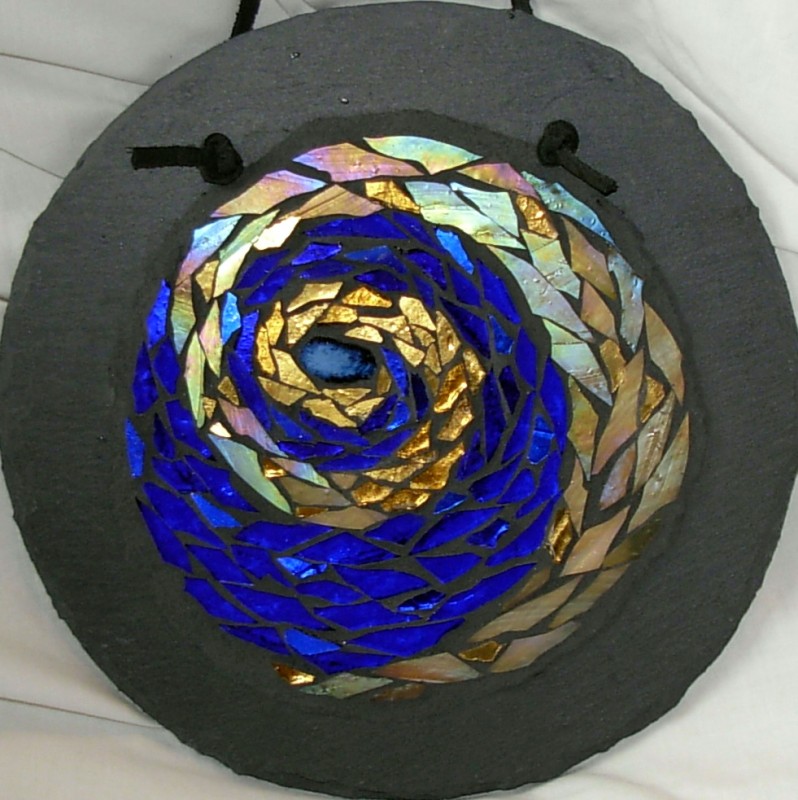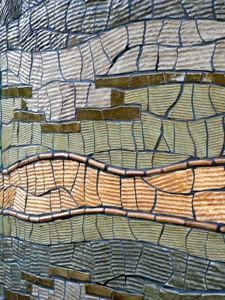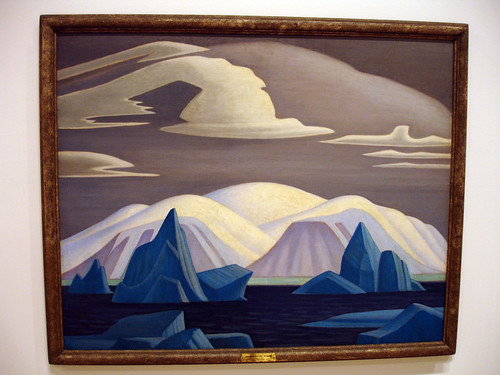Growing up in the Moravian Church, Christmas was a time of beauty, and the centerpiece was the Moravian Star, originally made as a geometry lesson in a German Moravian School in the 1830’s. Art and science come together in this polyhedron. No matter how many points, it is still a polyhedron. The first stars were made of paper. A group of older people used to make stars in a Sunday school classroom at my church, but out of plastic, rather than paper. The stars were hung on a cord across the ceiling of the room, a small galaxy watching over whoever had class in that room.
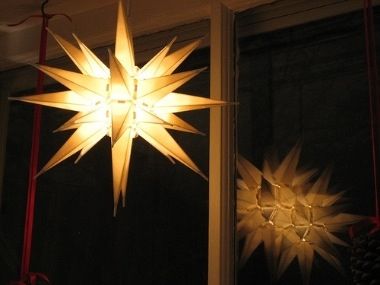 This photo by freeformkatia captures the warm light that emanates from a Moravian star. I still get excited when I see ones lighting up people’s porches, because in my hometown, they were very rare.
This photo by freeformkatia captures the warm light that emanates from a Moravian star. I still get excited when I see ones lighting up people’s porches, because in my hometown, they were very rare.
I was blessed with a lovely couple at my church, who treated me like a daughter, and when I left to move from Canada to the United States, Mr. Harke made a paper star for me. I felt honored that he created something with his own hands as a gift, and when I first saw it glowing in a dark room, I couldn’t believe it was actually for me, such a beautiful creation. Sadly, the house I moved into burned, and the star was incinerated before I had a chance to hang it for even one Christmas.
The incarnation story of Christmas is about the spirit made flesh, God as a little child, incarnate. In making art, one shares in this incarnation, taking the creative spirit and earthly materials, and making beauty. The creative spirit comes in many forms, from cooking, to laughing, to singing for joy, and hopefully we have the freedom to express this creativity in spite of our precarious existence, in spite of fear, suffering and grief. Our dreams can burn down to ashes. Sometimes this paralyzes me, but I am grateful to those who love me, and nuture my spirit, and make incarnation possible.
If you would like to make some ornament size stars, check out this YouTube Video on making German Paper Stars, and this step-by-step set of instructions at Nagle Design.
